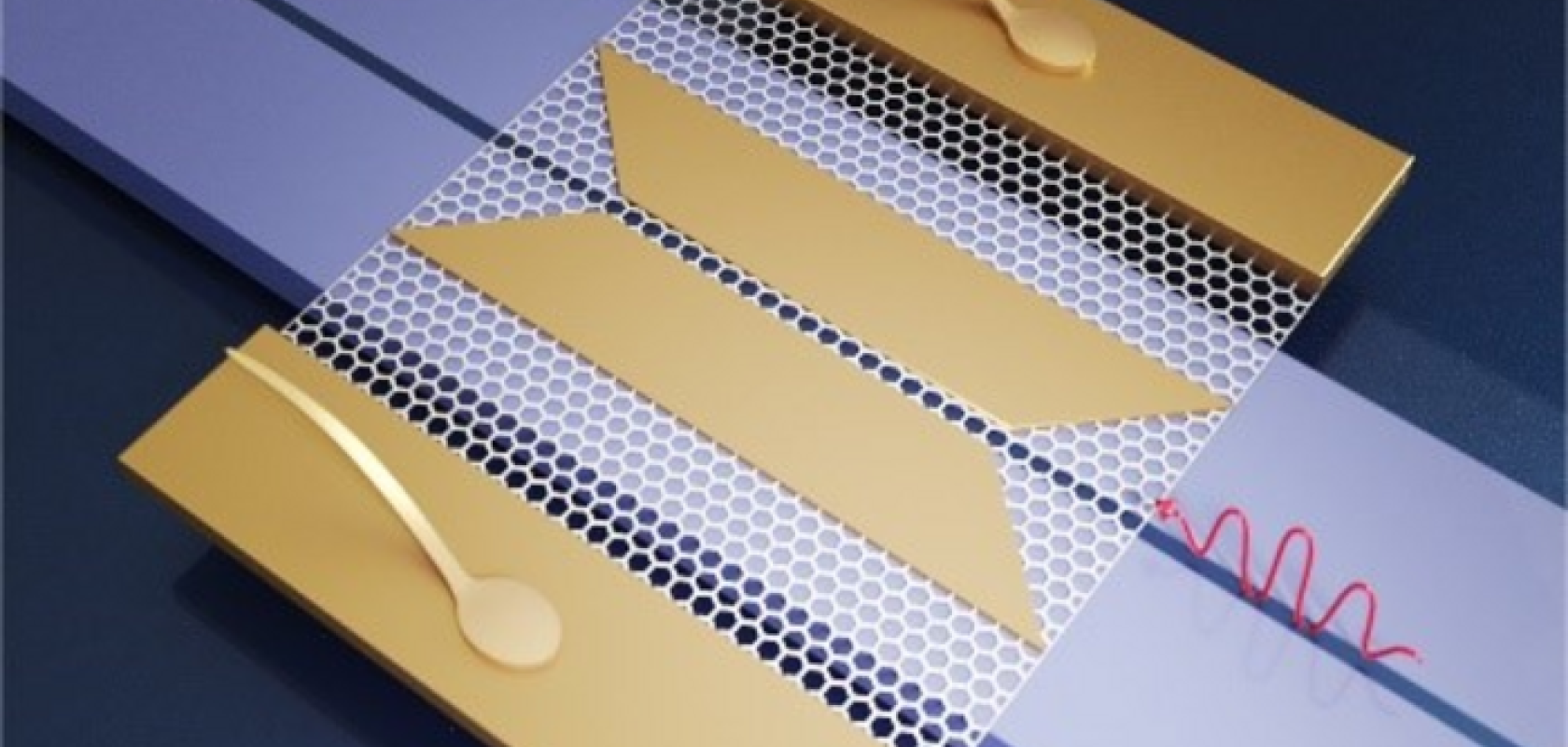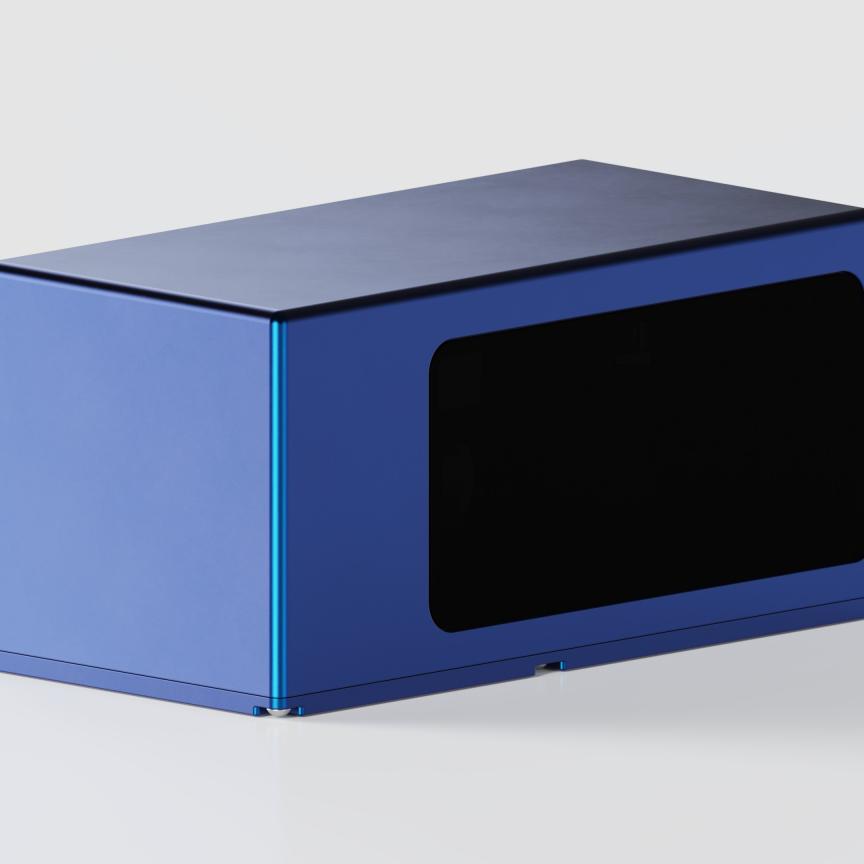Researchers have developed a graphene photodetector employing a ‘double slot’ structure that offers enhanced responsivity and large bandwidth.
The double slot structure, reported in Opto-Electronic Advances, could also be applied to a broader range of hybrid two-dimensional material/silicon devices.
Optical interconnects are expected to feature increasingly higher bandwidth, smaller footprint, and lower power consumption throughout Industry 4.0 to meet the dramatically growing demand for stronger data processing.
As a key element of optical communication systems, photodetectors can convert optical signals into electrical signals and are expected to feature ultrahigh bandwidth.
While graphene/silicon hybrid photodetectors are already known for their potential to realize bandwidth higher than 100GHz, the atomic-thickness of graphene limits its optical absorption, causing low responsivity.
Plasmonic structures have therefore previously been explored to enhance the responsivity, however the intrinsic metallic Ohmic absorption of the plasmonic mode also limits performance.
To address this issue, the High-Speed Optical Communications Group led by Professor Leif Katsuo Oxenløwe at DTU Fotonik in Lyngby, Denmark, have proposed and demonstrated a photodetector featuring a novel ‘double slot’ structure that facilitates high-performance photodetection, wielding the advantages of both silicon photonics and plasmonics.
The double slot structure offers optimised structural parameters that significantly promote graphene absorption while maintaining low metallic absorption.
The demonstrated high-performance photodetector holds a high responsivity of 603.92mA/W and a large bandwidth of 78GHz, offering a competitive solution for photodetection on silicon.
Moreover, the double slot structure could be beneficial to a broader range of hybrid two-dimensional material/silicon devices to achieve stronger light-matter interaction with lower metallic absorption.


